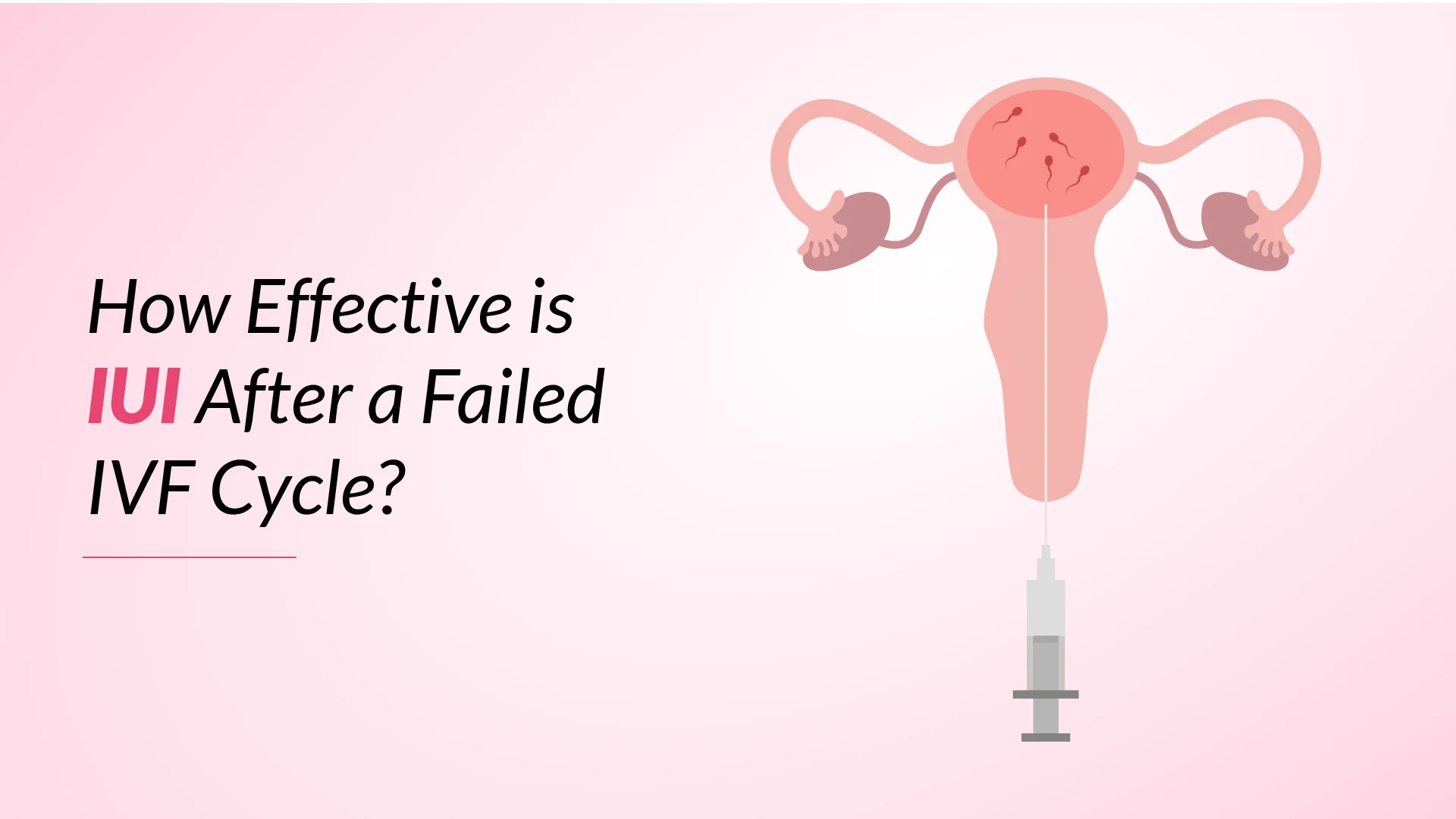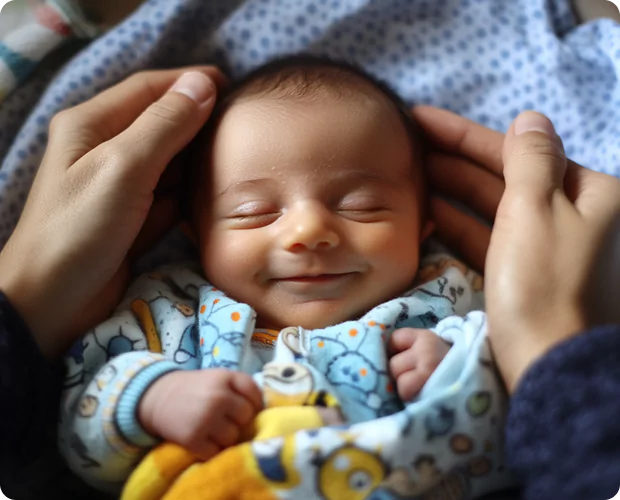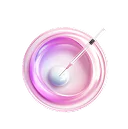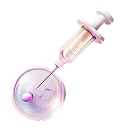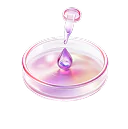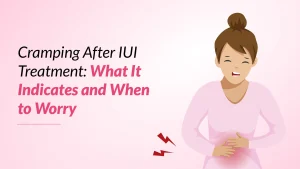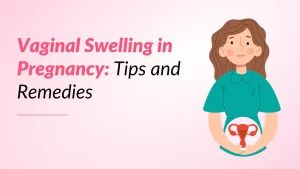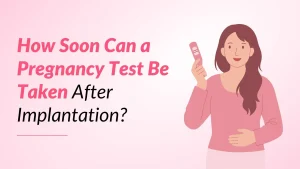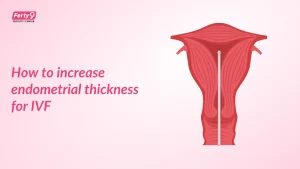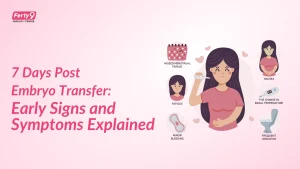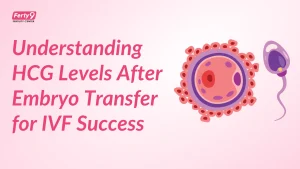Many couples face difficult decisions after unsuccessful IVF treatments. The emotional and financial investment in IVF can make exploring alternative fertility treatments challenging, leading many to consider IUI after failed IVF cycles. This less invasive fertility treatment offers renewed hope for couples still pursuing their dream of starting a family.
The success rates of IUI after IVF depend on several key factors, including age, fertility diagnosis, and previous treatment outcomes. Understanding these factors helps couples make informed decisions about their fertility journey. This article examines the effectiveness of IUI following unsuccessful IVF treatment, explores success rates, and discusses important considerations for choosing this alternative path to parenthood.
Understanding the Difference: IVF vs. IUI
Understanding the fundamental differences between IUI and IVF is crucial for patients considering fertility treatments. These two procedures represent different approaches to achieving pregnancy, each with its own unique process and considerations.
Intrauterine Insemination (IUI) is a straightforward procedure where specially prepared sperm is directly planted into the uterus during ovulation. This simple outpatient procedure typically takes just 5-10 minutes and can be performed with or without fertility medications. The process aims to give sperm a head start by reducing the distance they need to travel to reach the egg.
On the other hand, in Vitro Fertilisation (IVF) represents a more complex approach to fertility treatment. This laboratory-based procedure involves stimulating the ovaries to produce multiple eggs, which are then retrieved and fertilised with sperm in a controlled environment. The resulting embryos are later transferred into the uterus.
Key differences between these treatments include:
- Procedure Complexity: IUI is a simple, non-surgical procedure, while IVF involves multiple steps and minor surgery
- Cost Factor: IUI is considerably less expensive than IVF
- Treatment Duration: Both treatments take about two weeks, but IVF requires more intensive monitoring
- Medication Requirements: IUI may use minimal or no medication, while IVF typically requires injectable hormones
- Success Rates: IVF generally shows higher success rates compared to IUI
For patients under 35, IUI often serves as a first-line treatment, particularly in cases of unexplained infertility or mild male factor infertility. However, doctors typically recommend moving to IVF after three unsuccessful IUI attempts or immediately in cases of blocked fallopian tubes, severe male factor infertility, or advanced maternal age.
Factors Affecting IUI Success after Failed IVF
The success of IUI treatment after failed IVF cycles depends on several crucial factors that couples should consider. These are:
- Age: Age plays a fundamental role in determining IUI success rates. Studies indicate that women under 40 have significantly higher pregnancy rates compared to older patients. Similarly, male partner age affects outcomes, with younger men showing higher success rates in IUI procedures.
- Weight: Body Mass Index (BMI) has shown a notable correlation with IUI success. Research indicates that women with a BMI within the normal range tend to have better outcomes, as this can affect hormone levels and endometrial development.
- Lifestyle Choices: The male partner’s lifestyle and working environment significantly influence success rates. Studies show that men who avoid smoking and alcohol consumption have higher pregnancy rates (23%) compared to those who smoke (19%) or consume alcohol (4%). Occupational conditions affecting scrotal temperature can also impact success rates, with lower temperatures being optimal for sperm quality.
Other key factors affecting IUI success include:
- Sperm quality and total motile sperm count
- The precise timing of the procedure during ovulation
- Uterine health and conditions
- Presence of any menstrual irregularities
The number of IUI cycles also affects outcomes differently based on age groups. While younger patients may not see significant improvements with additional cycles, older patients often experience higher success rates in their second and third cycles, showing up to three times higher pregnancy rates compared to their first attempt.
Success Rates of IUI After Failed IVF
Recent research provides valuable insights into the success rates of IUI treatment following unsuccessful IVF cycles. Statistical evidence helps patients make informed decisions about their fertility journey while maintaining realistic expectations.
The cumulative ongoing pregnancy rate for IUI after failed IVF cycles shows interesting variations based on sperm source. With partner sperm, the success rate is approximately 5%, but this figure increases significantly to 15% when donor sperm is used throughout the treatment process.
A comprehensive European study by the Society of Human Reproduction and Embryology, analysing over 214,636 IUI cycles, revealed encouraging results:
- Partner sperm IUI delivery rate: 8.9%
- Donor sperm IUI delivery rate: 13.8%
- First cycle success rate: 4.72%
- Multiple gestation cases in the first cycle: 3 cases
These statistics demonstrate that while IUI success rates after IVF failure are lower than initial IVF attempts, they still offer hope for some couples. The higher success rates with donor sperm suggest this might be a viable option for couples who have experienced unsuccessful IVF cycles with partner sperm.
Doctors often observe that success rates vary significantly based on individual circumstances. For ideal candidates, IUI success rates can reach up to 15-20%, though this is notably lower than IVF success rates, which can range from 50-60% in optimal conditions.
Chances of Successful IUI Treatment After Failed IVF
Statistical analysis from leading fertility clinics reveals that the chances of successful IUI treatment after failed IVF vary significantly based on individual circumstances. Doctors have observed that patients who opt for IUI after unsuccessful IVF cycles show different success rates depending on their specific fertility challenges and medical history.
Research indicates that the likelihood of achieving pregnancy through IUI after failed IVF depends on several key factors:
- Maternal Age: Women under 35 show a 12-15% success rate per cycle
- Sperm Quality: Cases with optimal sperm parameters demonstrate 18% higher success rates
- Ovarian Reserve: Patients with good ovarian reserve show 20% better outcomes
- Previous Response: Positive response to ovarian stimulation indicates better chances
- Timing of Treatment: Optimal timing can increase success rates by up to 25%. The optimal timing appears to be within three to six months after the unsuccessful IVF cycle, allowing the body to recover while maintaining momentum in the fertility journey.
The chances of successful conception through IUI after failed IVF treatments are notably higher when specific conditions are met. For instance, patients with unexplained infertility show a 16% success rate per cycle, while those with mild male factor infertility demonstrate a 14% success rate. These figures increase significantly when combined with proper ovulation induction protocols.
Should You Opt For IUI Treatment?
Making an informed decision about IUI treatment after a failed IVF requires careful consideration of multiple factors. Doctors recommend evaluating personal circumstances and consulting with fertility specialists to determine if IUI is a suitable next step.
IUI presents several compelling advantages for couples considering their options after an unsuccessful IVF:
- Less physical stress on the body
- Significantly lower treatment costs
- Minimal invasive procedures
- Natural cycle options available
- Shorter treatment duration
- Enhanced understanding of the body’s response
The procedure is particularly recommended for patients with:
- Unexplained infertility
- Mild endometriosis
- Cervical factor infertility
- Ejaculatory dysfunction
- Cases where fertility drugs alone haven’t succeeded
While IUI offers numerous benefits, patients should understand that it’s most effective when specific conditions are met. The fallopian tubes must be clear and undamaged, and the partner should maintain adequate sperm motility. The procedure can be performed using either partner’s sperm (IUI-H) or donor sperm (IUI-D), offering flexibility based on individual circumstances.
Conclusion
IUI treatment presents a viable alternative for couples who have experienced unsuccessful IVF cycles. Research shows that success rates range from 5% to 20%, depending on factors such as maternal age, sperm quality, and proper procedure timing. These rates increase significantly when patients meet specific medical criteria. The procedure’s lower cost and minimal invasiveness make it an attractive option for many couples, though success rates remain lower than IVF.
The decision to pursue IUI after failed IVF requires careful consideration of personal circumstances and medical factors. Patients should work closely with their fertility experts to evaluate their specific situation and determine if they meet the criteria for optimal IUI outcomes. The best results often come from patients under 35 with clear fallopian tubes and good sperm parameters. While IUI might require multiple cycles, its reduced physical and financial burden offers hope for couples still pursuing their dream of starting a family.







